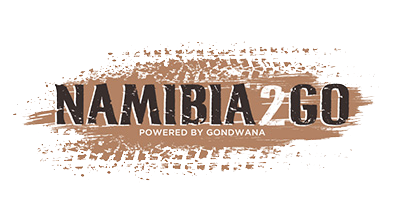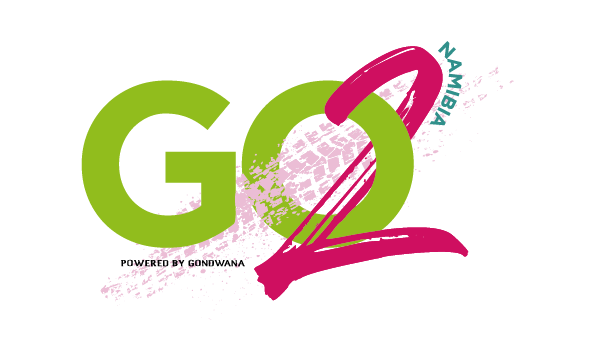‘Net so’, the Afrikaans words for ‘Just so’ is an interesting name for a donkey cart – and, as I found out, also for a farm. I wondered where it came from . . .
I was travelling though the Omaheke, the eastern region of Namibia, when I came across a donkey cart with this intriguing name between Gobabis and Aminuis. Always on the lookout for new donkey cart names, I stopped to engage with the occupants and ask about the name. They had a simple answer: it was the name of the farm they lived on.
That kept me guessing until I was able to do some research in the archives and find out the rest of the story. I learned that the area had originally been known by its Otjiherero name ‘Ongarangombe’, meaning ‘The place of the eland’, referring to the eland that used to come and drink at the pan in the rainy season. The various waves of history would influence the name of the farm in subsequent years.
After WWI, when German South West Africa became a mandate of the Union of South Africa, farmers travelled into the country looking for land. In the late 1920s some of the Dorsland Trekkers, who had ventured into Angola to escape British rule in the Union, returned and settled in the Gobabis block. They applied for grazing licences and could later apply to purchase the land.
It was at this time that a land surveyor, a Mr Treadgold, arrived to survey the area. As the story goes, when he enquired about the name of the land, the local people told him that it was called ‘Ongarangombe?’ (or ‘Ozongarangombe’ – Place of many eland). When he repeated the name to see if he had jotted it down correctly, they replied “Net so” (Just so/ Just like that). In the fascinating way that names are coined, it wasn’t long before people started to refer to the land as ‘Net so’ (‘Opombo’).
The first owner of the Net So farm was a Dorsland Trekker, a Mr Visser, who wasn’t able to make a success of it. After WWII Erasmus Esterhuizen purchased the farm. I contacted his wife in Cape Town, who was able to fill in some of the detail. She told me that they had farmed on Net So for thirty years, during which they drilled more than a hundred boreholes searching for water. Net So was known for never having enough groundwater. She also told me that her late husband was a hard worker and when not busy with farm work, tinkered on his cars. He was a legend in the area, known for usually being ‘kaal bolyf’, hardly ever wearing a shirt, believing that the breeze would cool him down. The farm was eventually sold to the Tswana administration in the late 1980s. After Namibian independence in 1990, it became communal land.
Today, locals still refer to the farmland as ‘Net so’ and I retain the colourful image of the donkey cart, filled with enthusiastic children, disappearing into the distance emblazoned with this unusual name.
You might also like
Copyright 2025. All Rights Reserved by Padlangs, Gondwana Collection Namibia


.png)
.jpg)
.jpg)




.png)

SUBMIT YOUR COMMENT